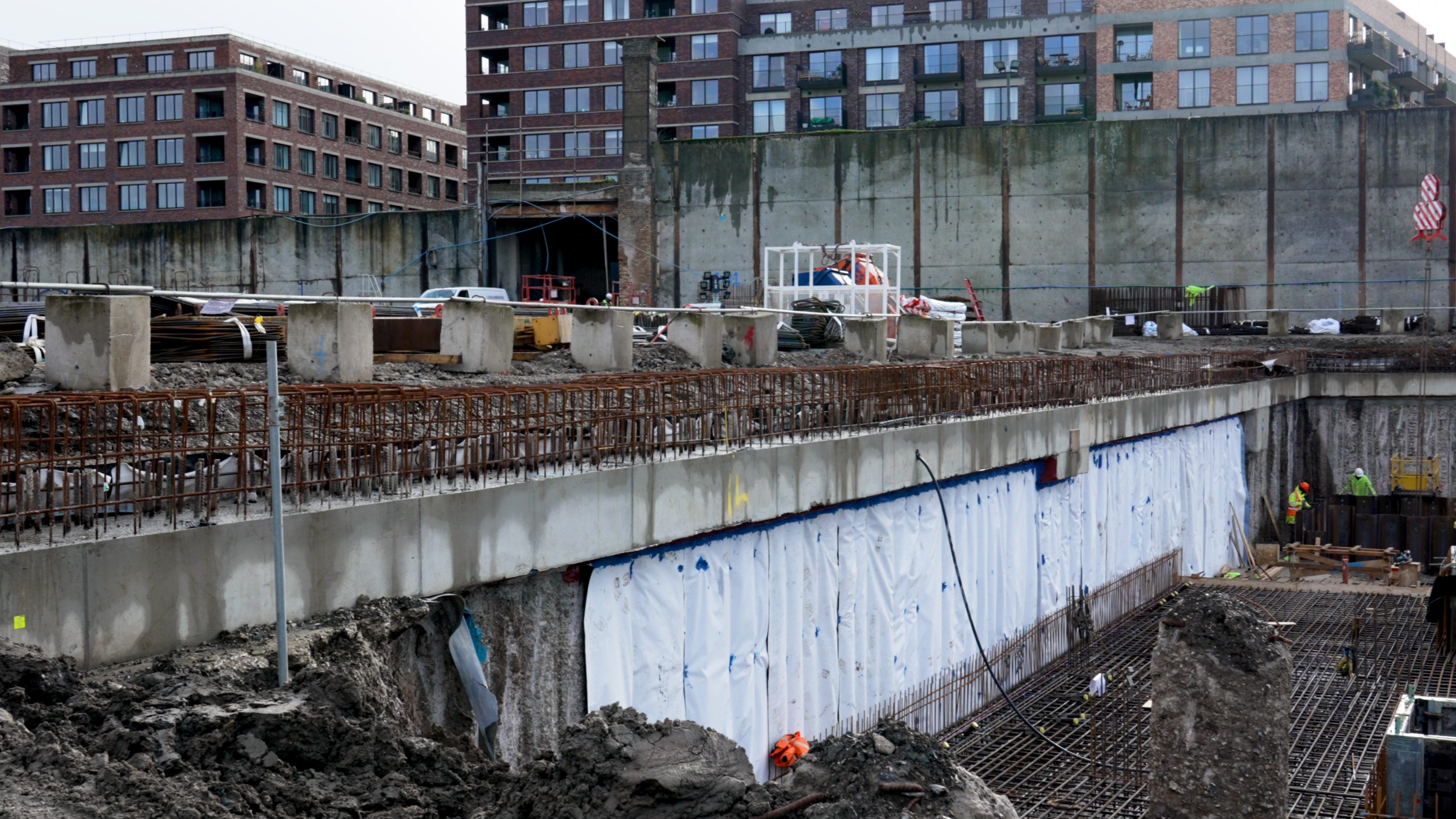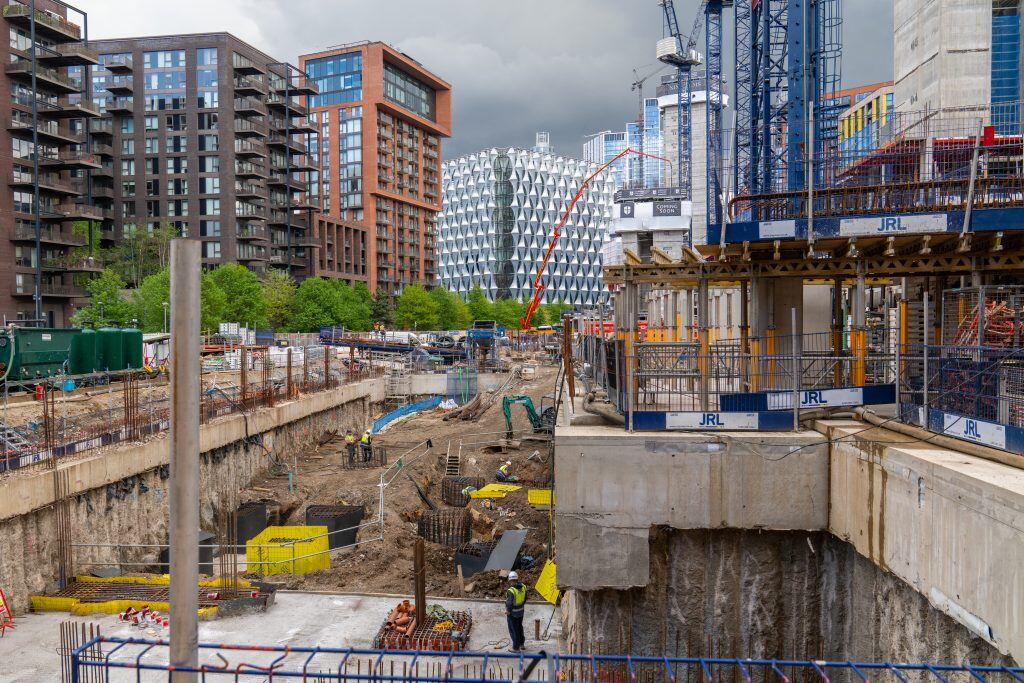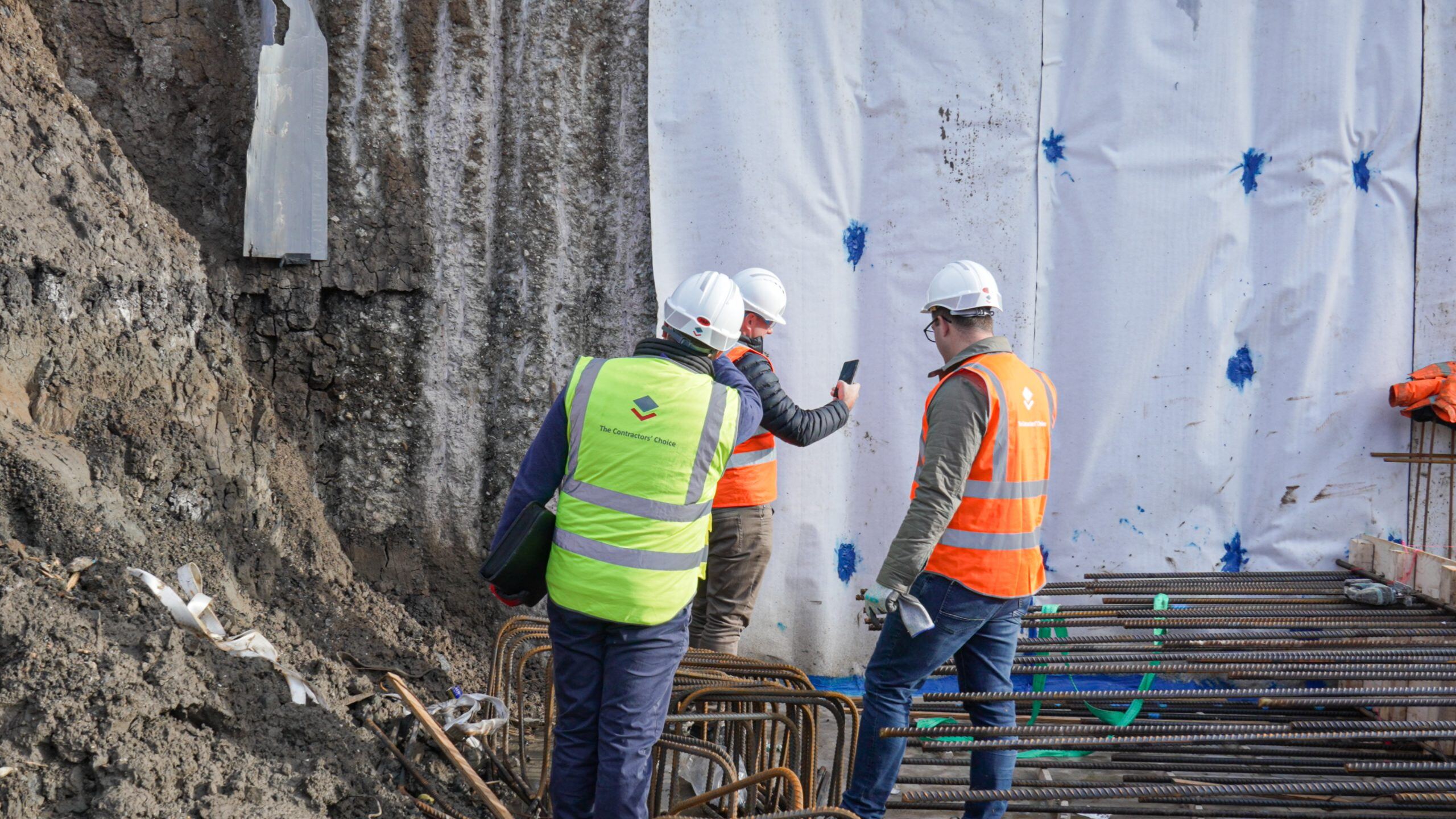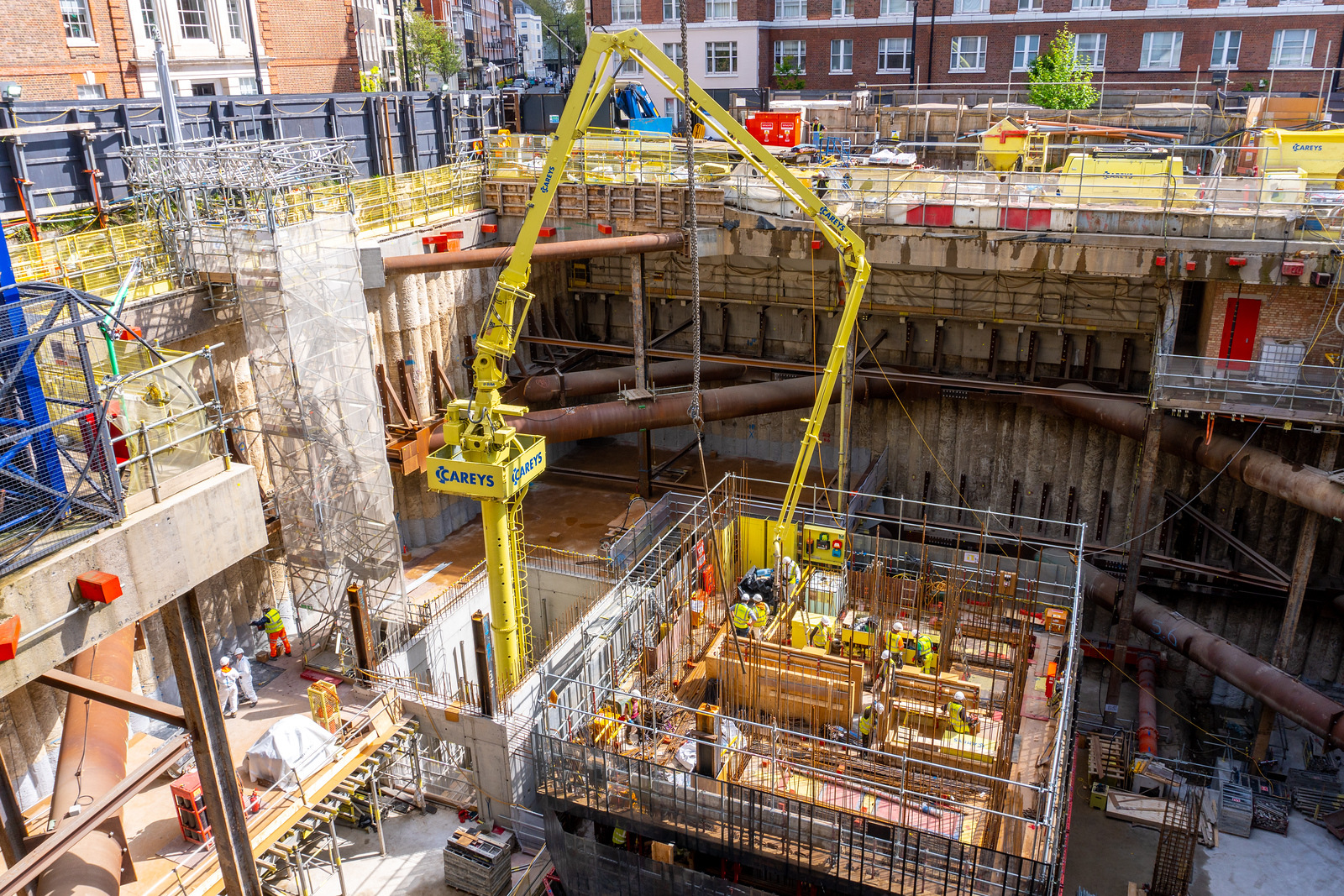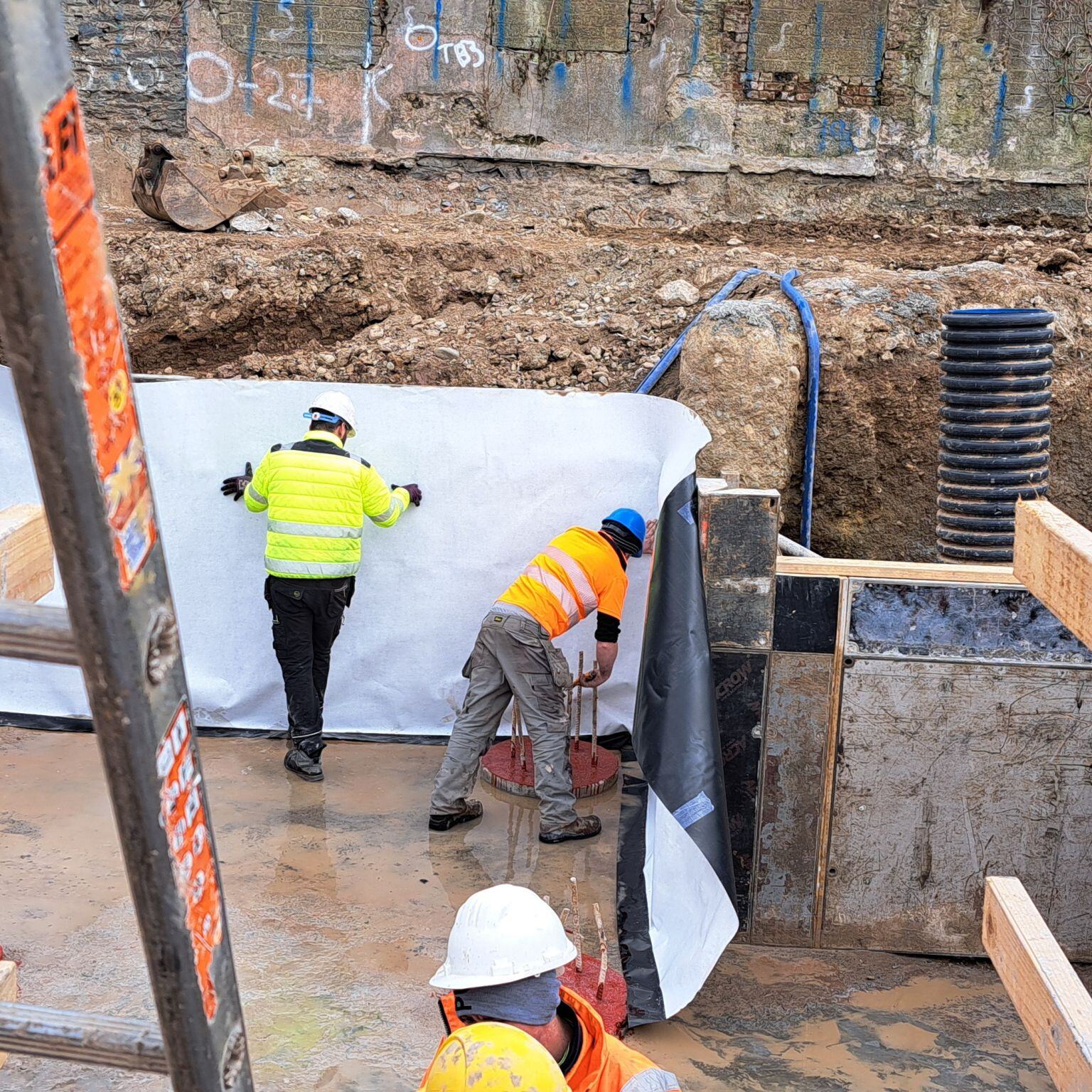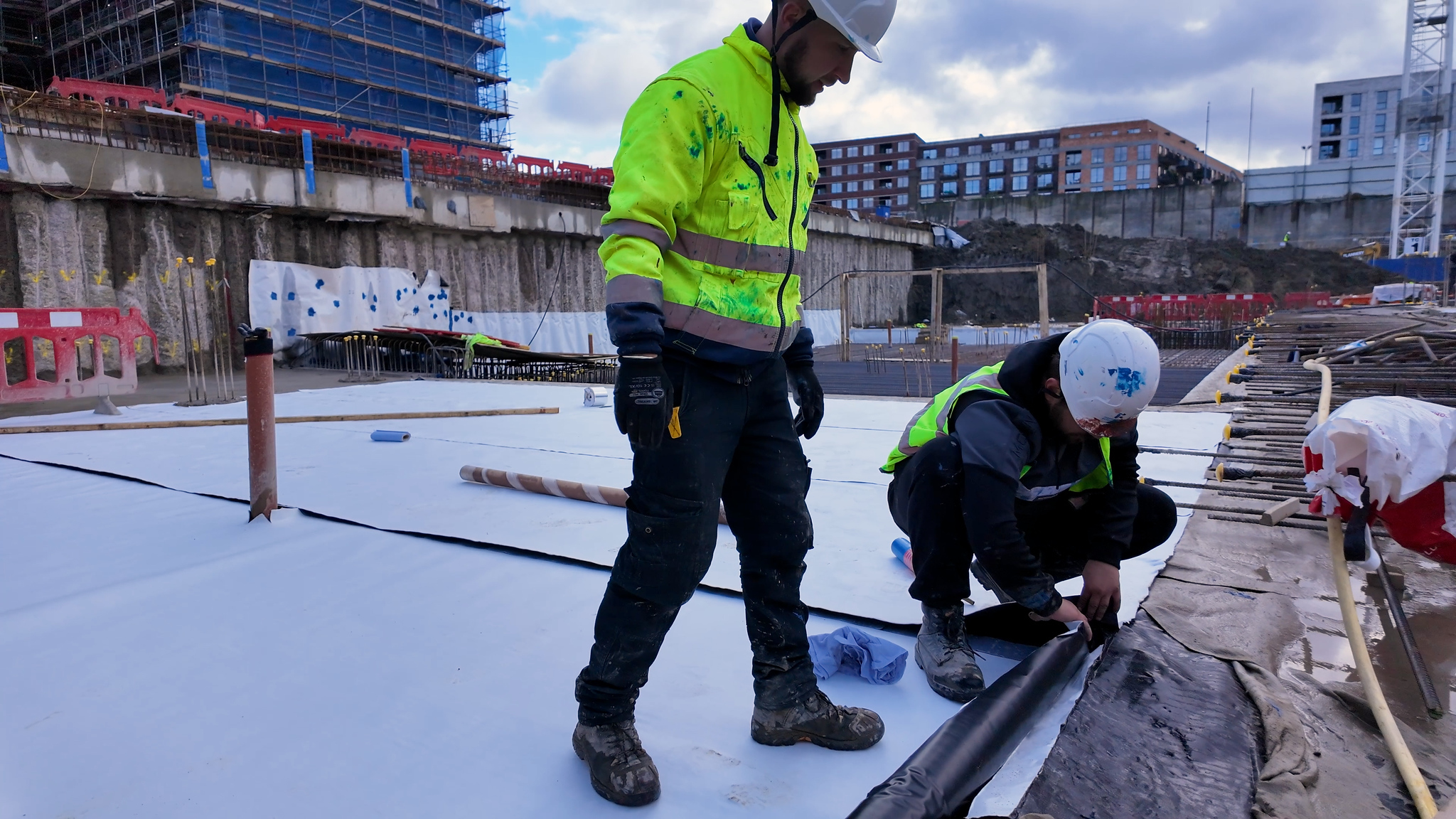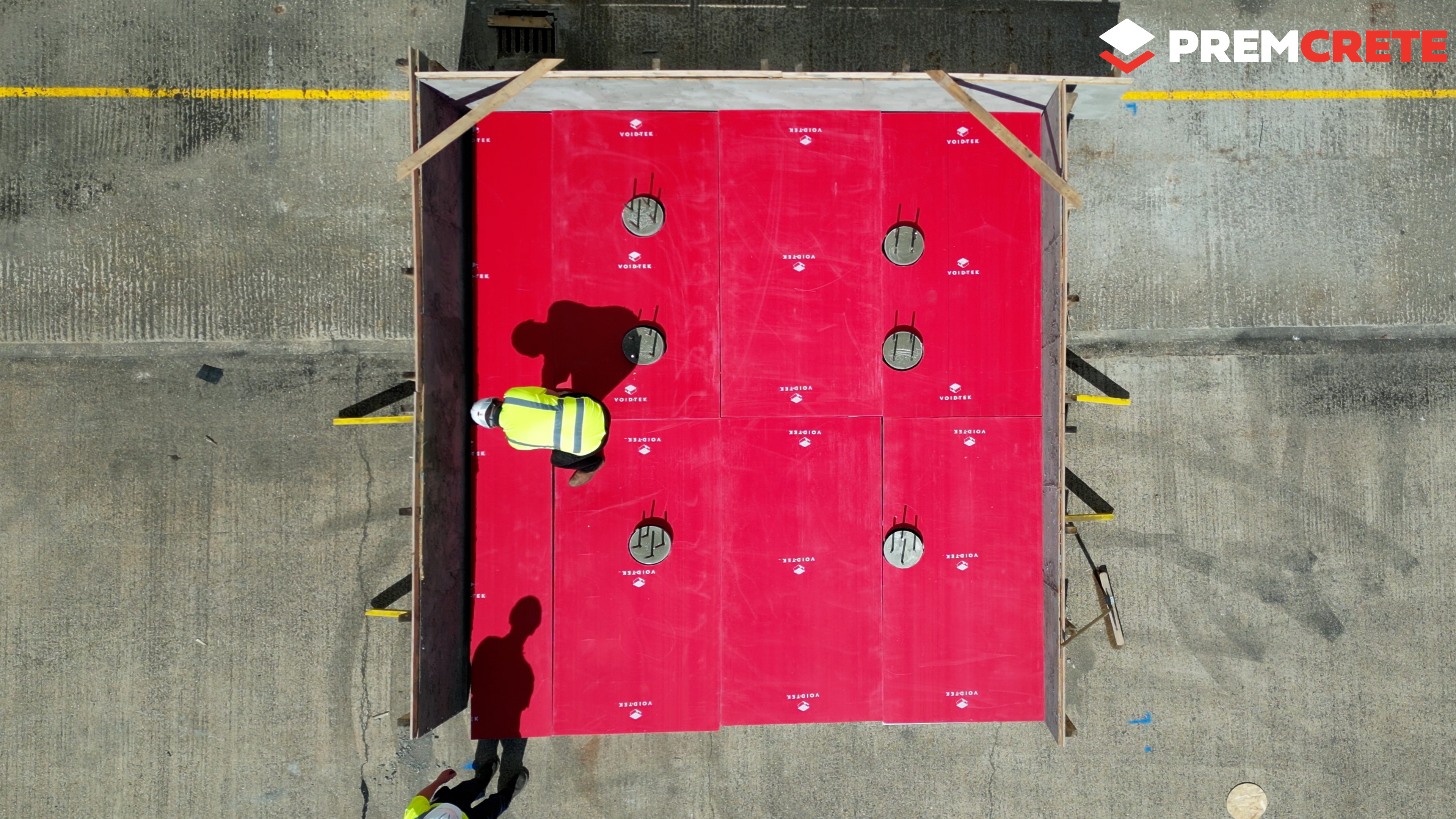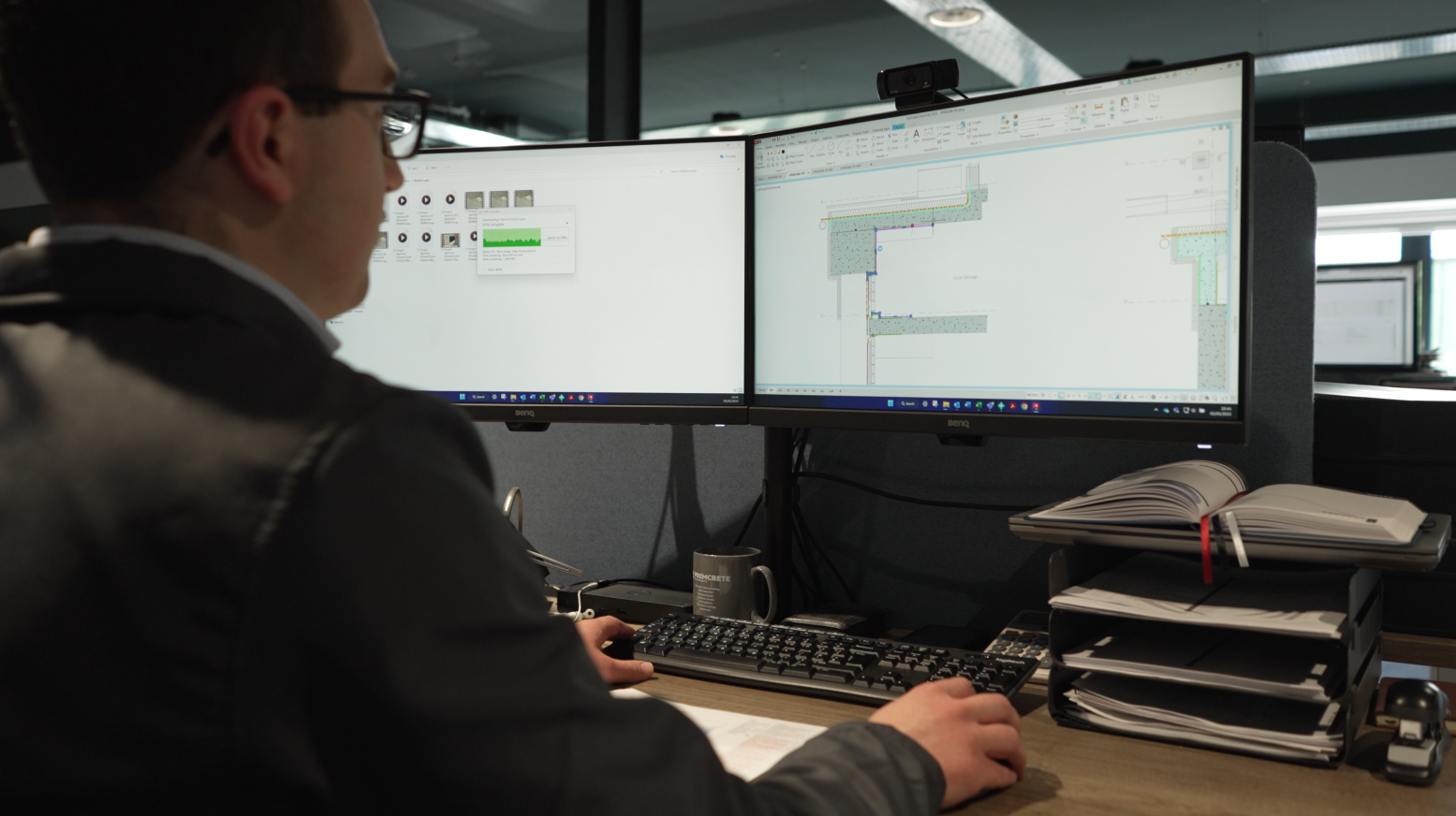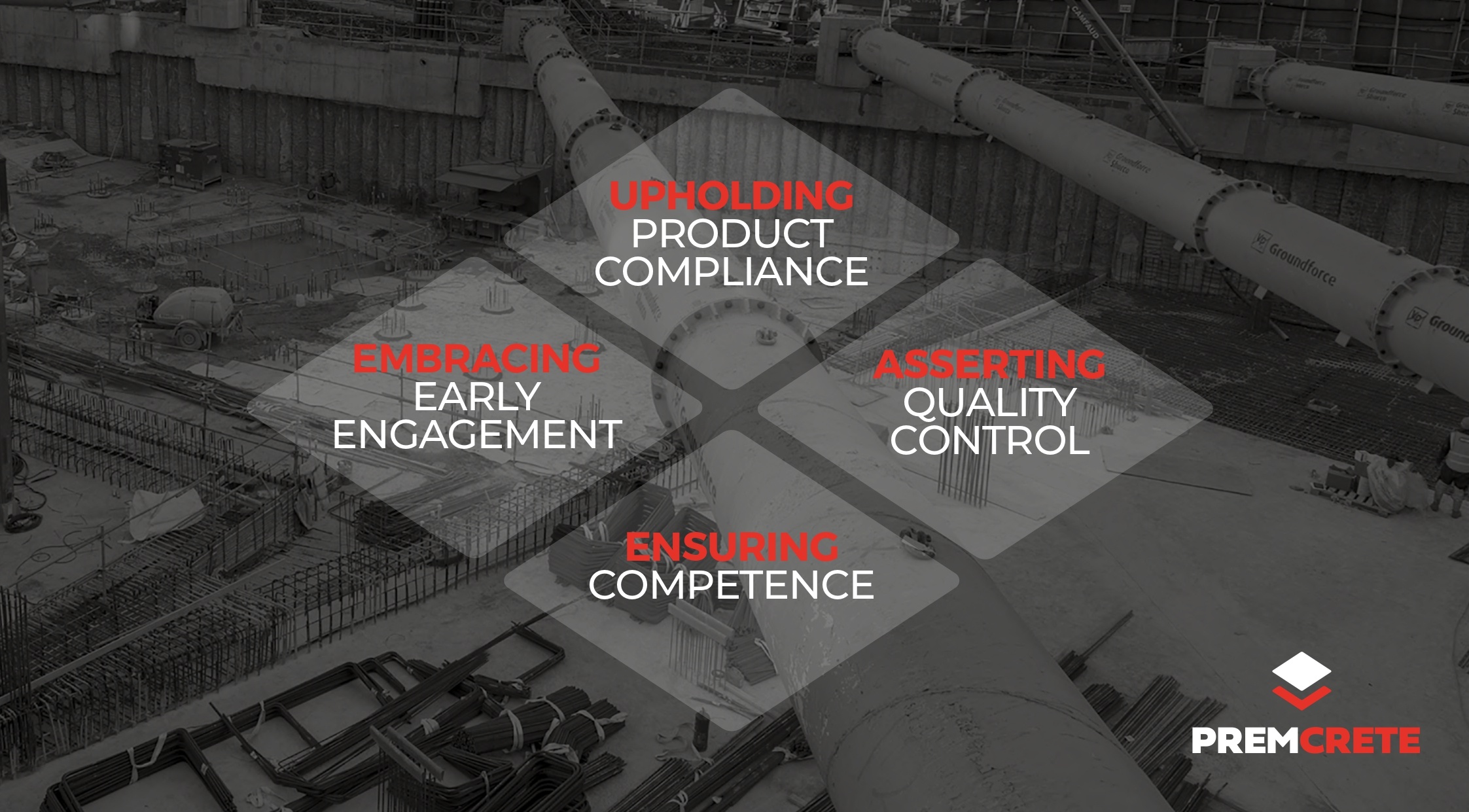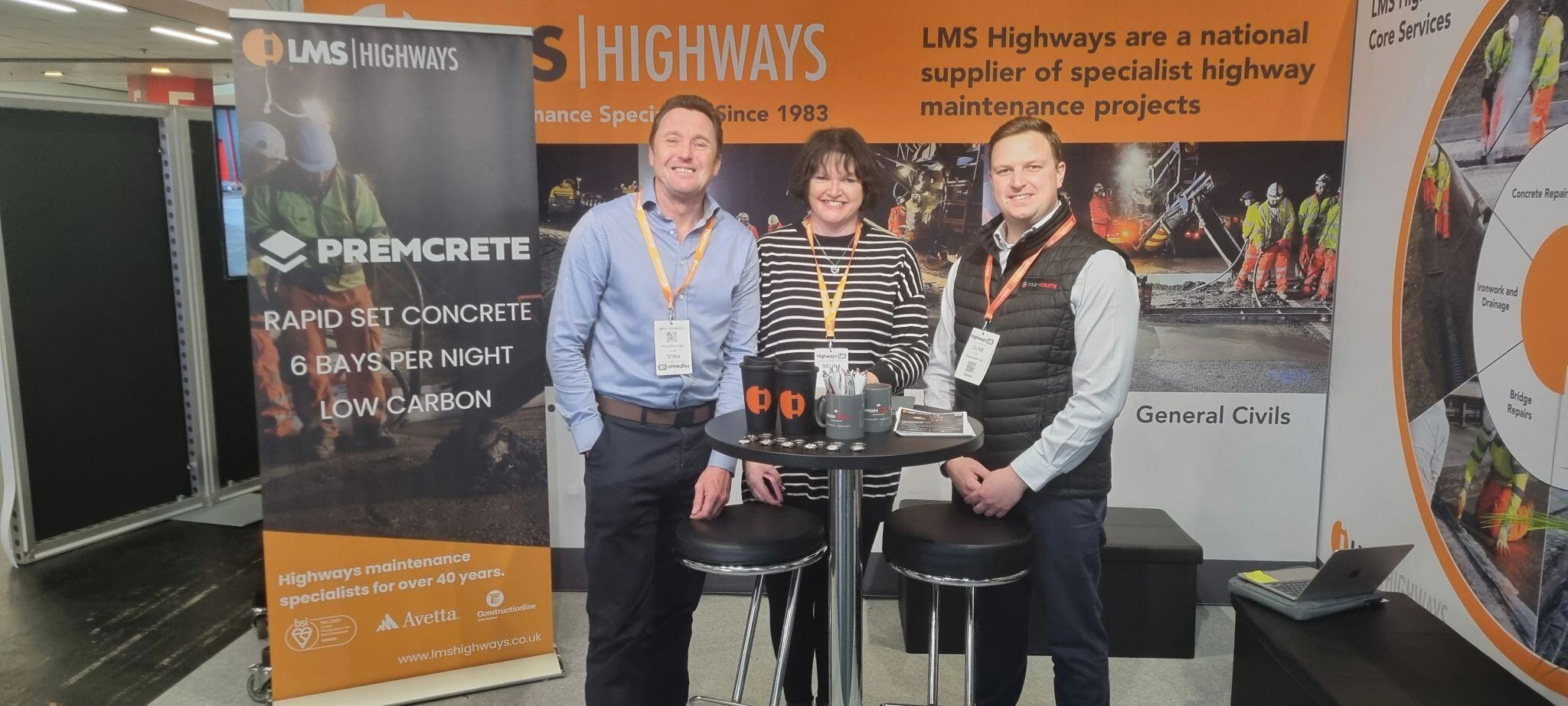When planning a construction project, safety and durability are top priorities. But protecting your structure isn’t just about keeping water out. What happens when hazardous ground gases—like methane, radon, or carbon dioxide—pose a risk to the health of future occupants? Understanding the role of gas protection systems in modern construction is vital for ensuring long-term safety and compliance.
Why Are Gas Protection Systems Important?
Hazardous gases can seep into buildings from contaminated land or naturally occurring sources, posing risks such as:
- Health Hazards: Methane and radon can accumulate to dangerous levels, affecting indoor air quality.
- Structural Risks: Gases like carbon dioxide can cause corrosion and compromise structural integrity as can Hydrocarbons and VOCs
- Regulatory Compliance: Standards such as BS 8485:2015+A1:2019 mandate robust gas protection for certain sites.
Properly designed and installed gas protection systems mitigate these risks, ensuring a safe, compliant, and habitable building environment.

Key Types of Gas Protection Systems
Modern gas protection solutions are tailored to specific site requirements, offering various levels of protection:
- Gas Protection Damp Proof Membranes
Ideal for dual protection, these membranes guard against both moisture ingress and hazardous gases like radon and methane. For example, Hydroprufe 9000 provides a robust barrier for sites susceptible to damp and gas, ensuring occupant safety and structural longevity.
- Combined Gas and Waterproofing Membranes
In areas with high groundwater or contaminated land, combined membranes like Combi-Seal or Hydroprufe 8000 offer efficient, multifunctional protection. By addressing water ingress and gas infiltration simultaneously, these solutions reduce material and labour costs while streamlining the construction process.
- Liquid Gas Membranes
For irregular surfaces like pile caps, liquid-applied systems such as Hydroprufe LG ensure seamless, continuous protection. This epoxy-based solution bonds effectively to substrates, meeting stringent safety standards.
- Gas Ventilation Systems
Passive and active ventilation systems like Hydrovoid disperse hazardous gases from beneath the structure. Active systems, with integrated fans, are particularly effective for sites with elevated radon levels.
- Service Penetration Protection
Sealing service penetrations with gas-resistant collars, sealants, or sleeves ensures no weak points in the barrier, maintaining the integrity of the system.

Ensuring Proper Installation and Compliance
Installing gas membranes is a precise process requiring meticulous attention:
- Preparation: A clean, smooth base prevents damage during installation.
- Sealing: Overlapping membranes are welded or taped to ensure a continuous barrier.
- Protection: Lightweight or heavy-duty protection boards shield membranes from backfill damage.
Third-party verification ensures compliance with standards like CIRIA 735, enhancing the reliability of your gas protection system.
How Premcrete Supports Your Gas Protection Needs
At Premcrete, we provide end-to-end support, from feasibility studies to design and installation guidance. Our gas protection systems are engineered for maximum reliability, combining robust materials with expert design backed by £10 million professional indemnity insurance.
Want to learn how gas protection can futureproof your next project? Contact us today.
Protect your construction project and its future occupants with dependable, industry-leading solutions. Gas protection is not just a requirement—it’s an essential investment in safety, compliance, and peace of mind.

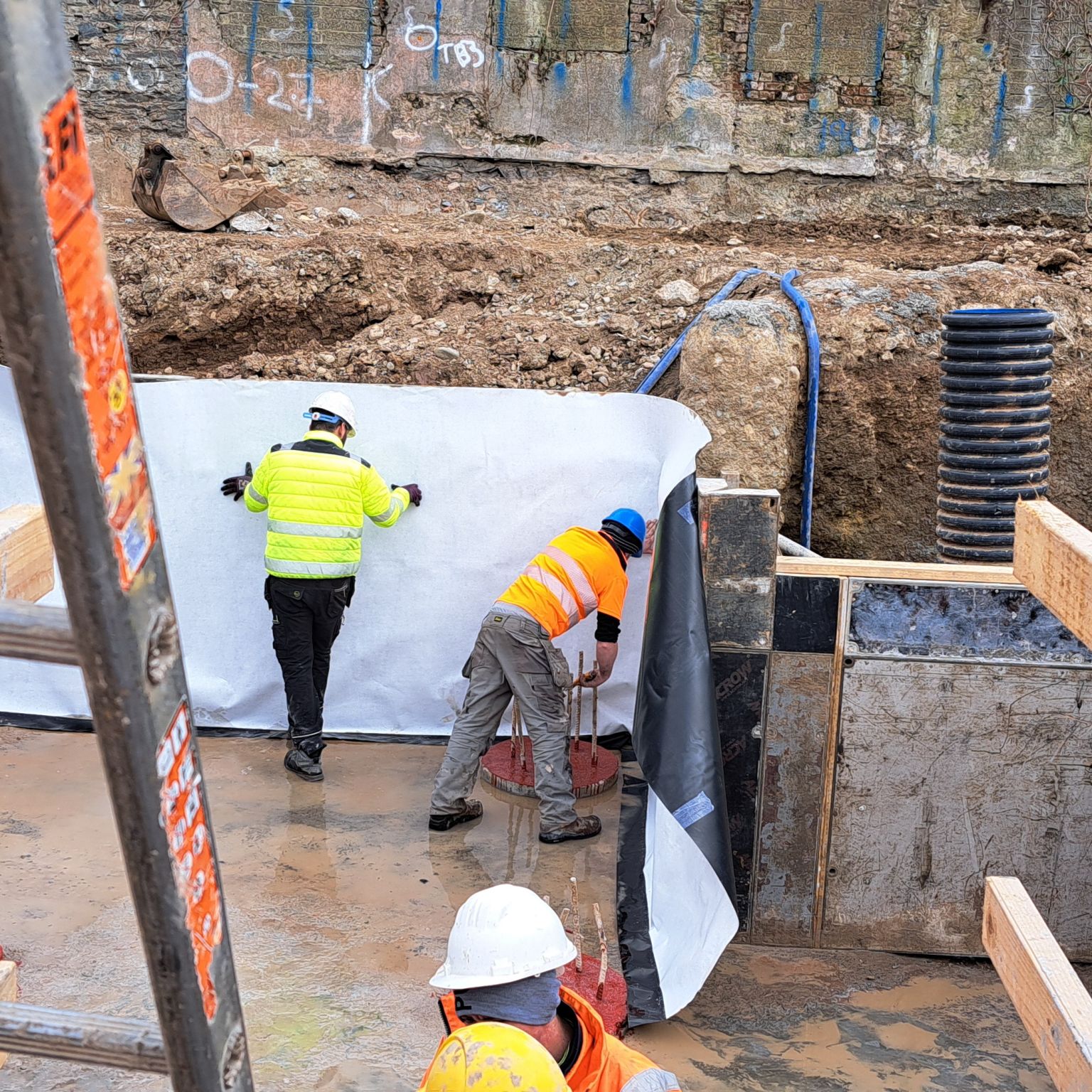
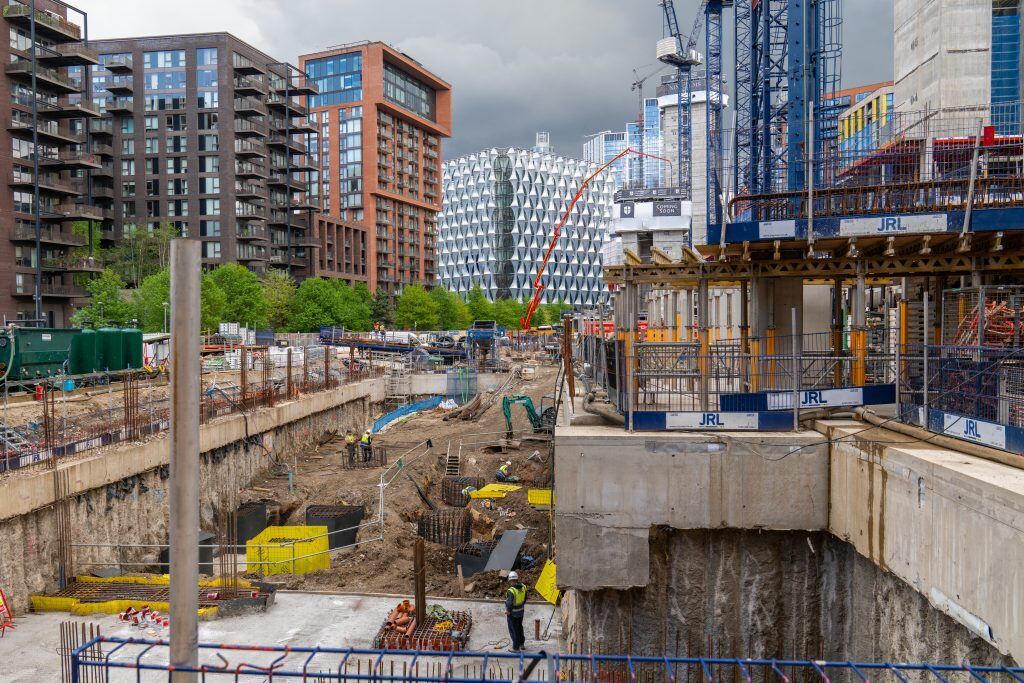
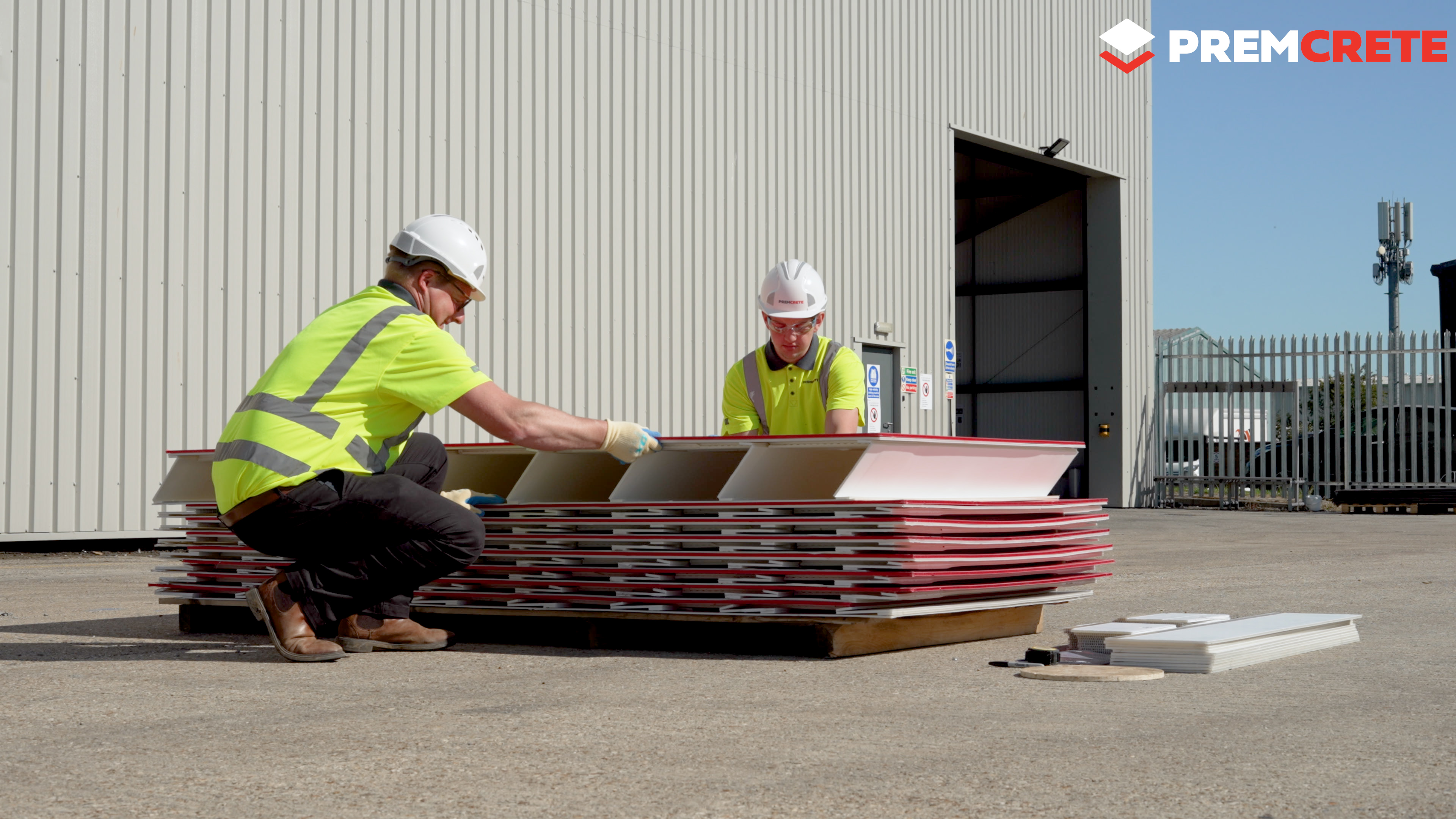
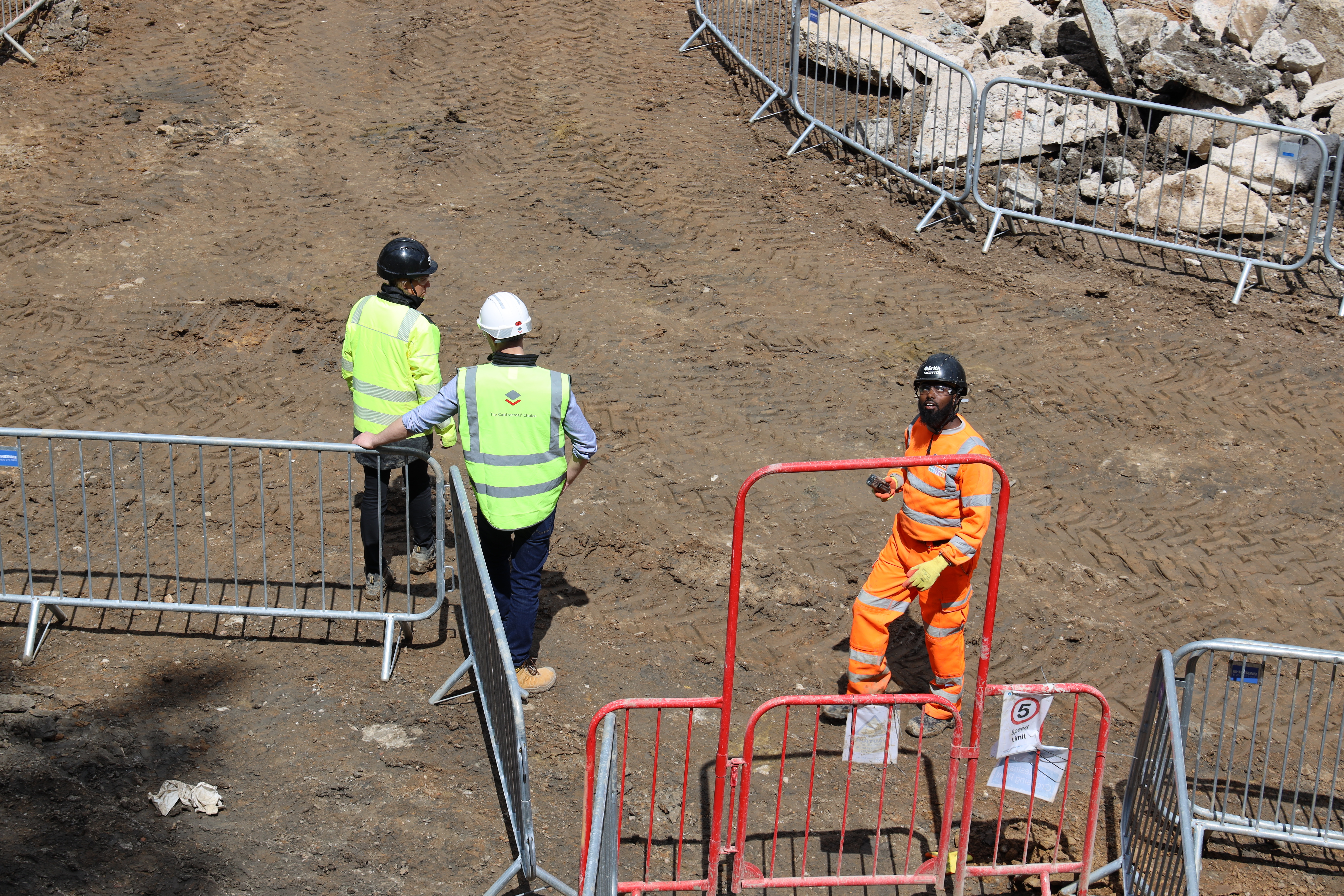

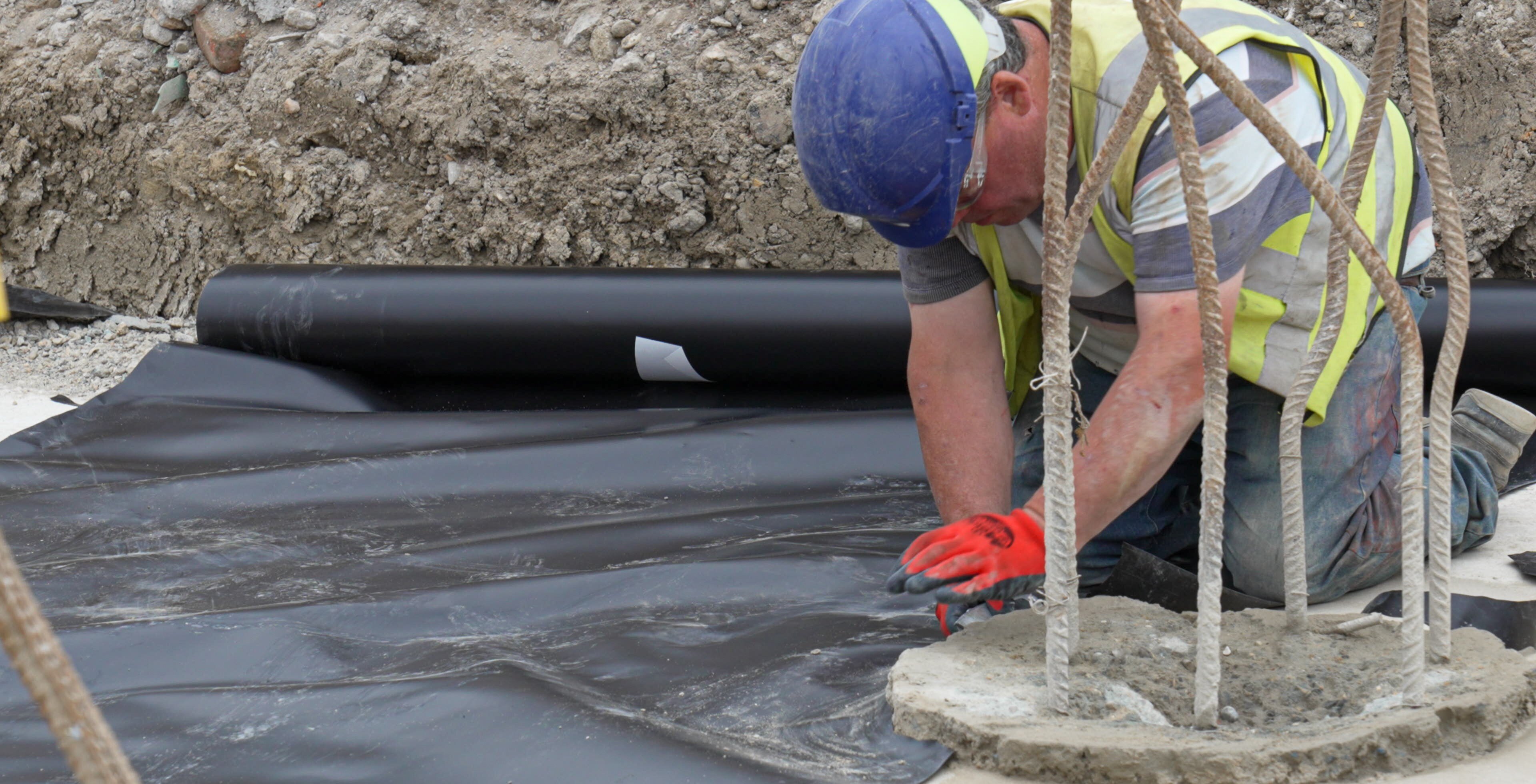
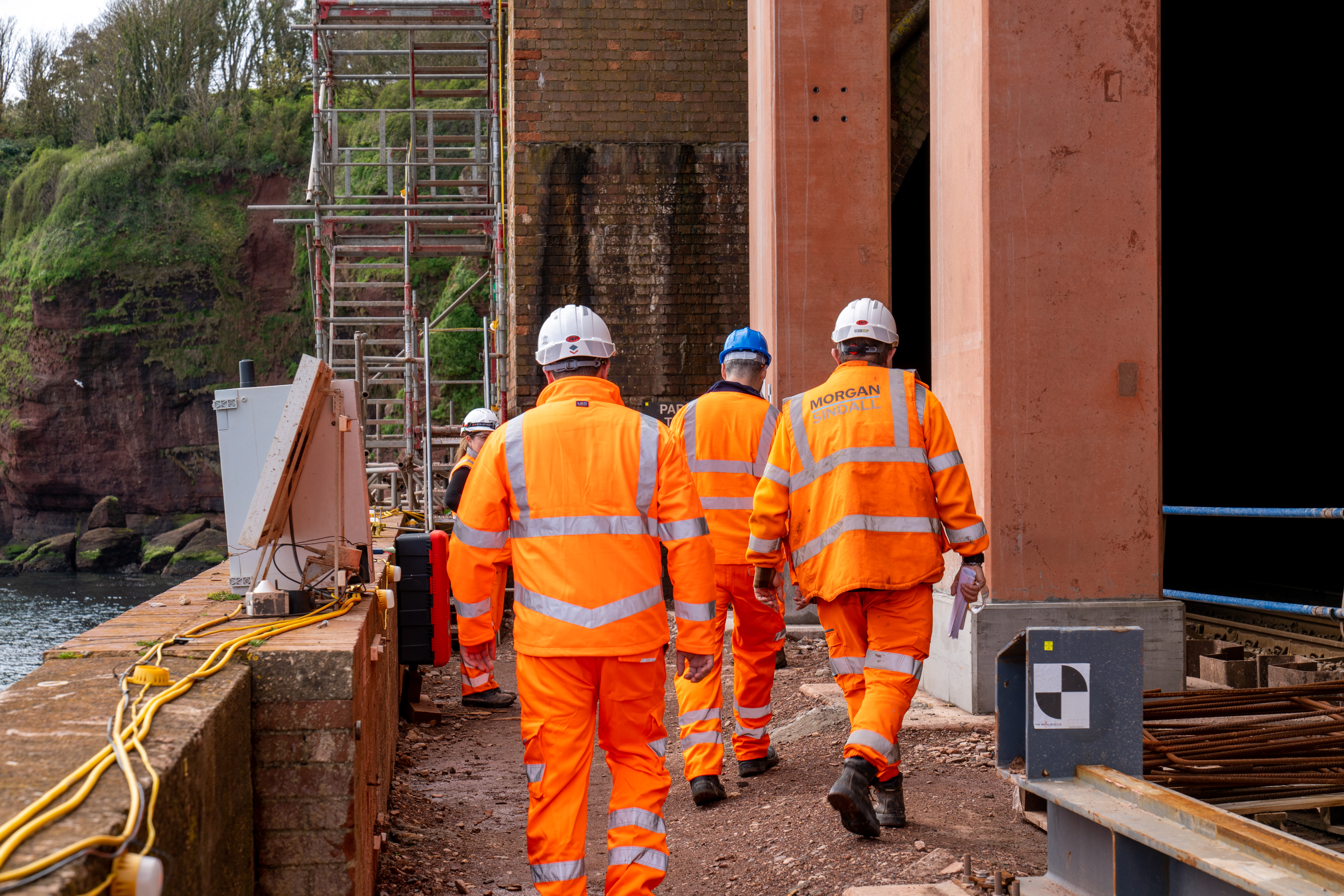

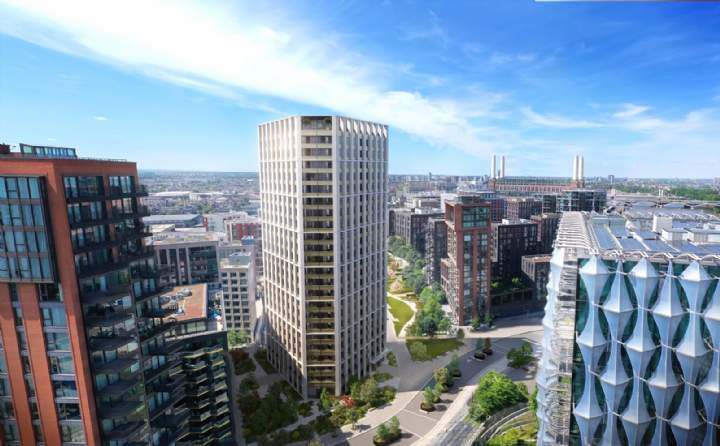
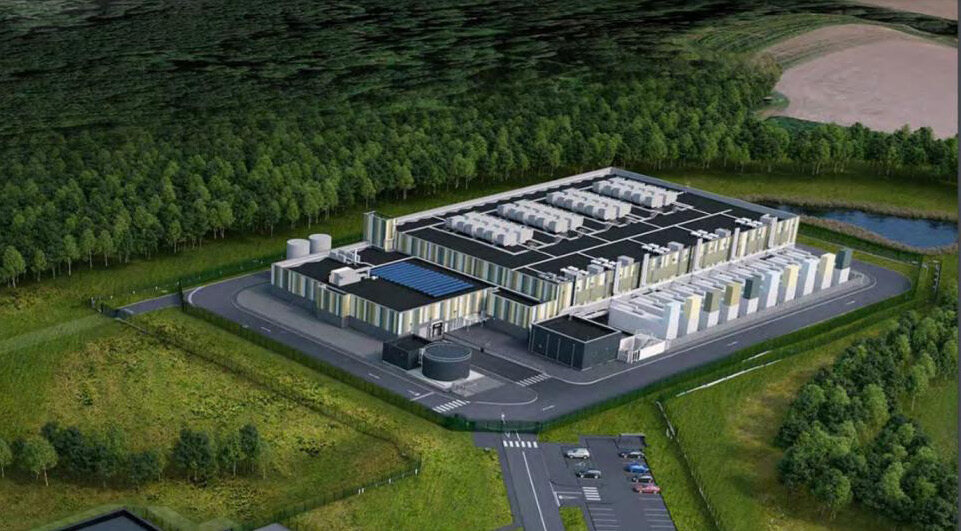
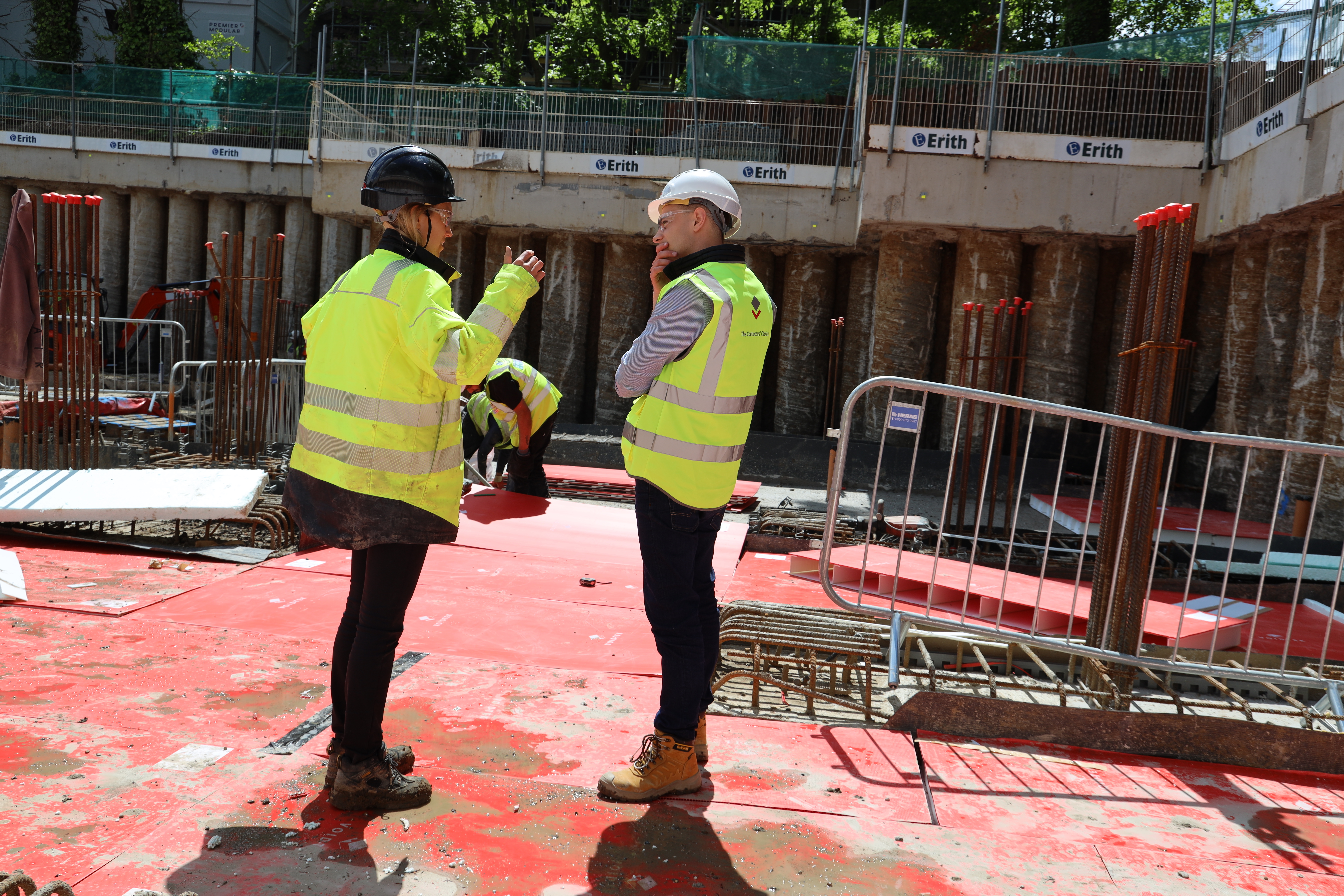
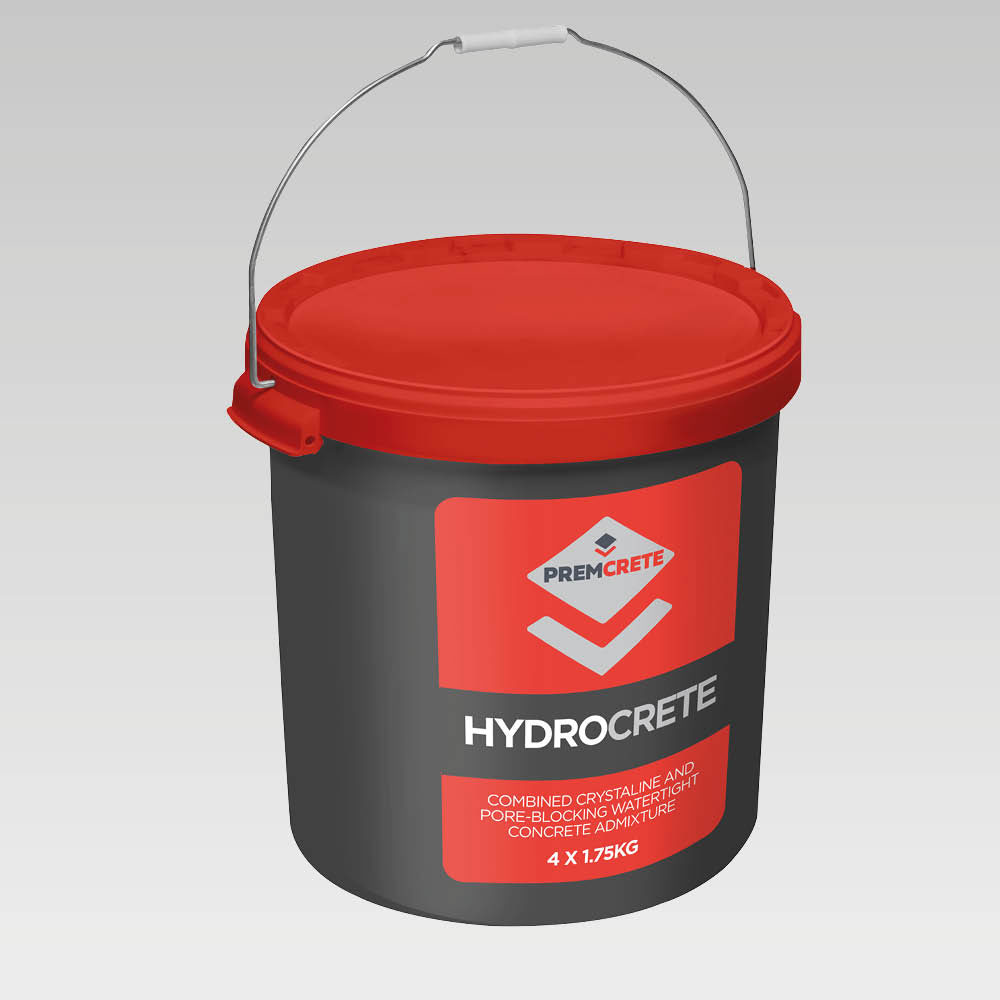
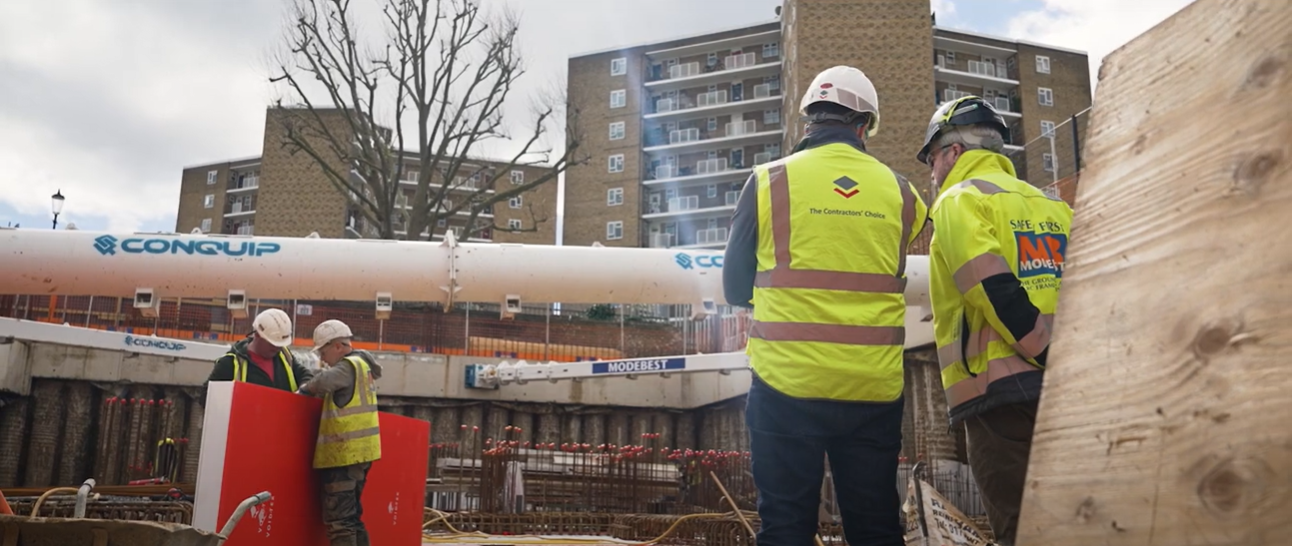
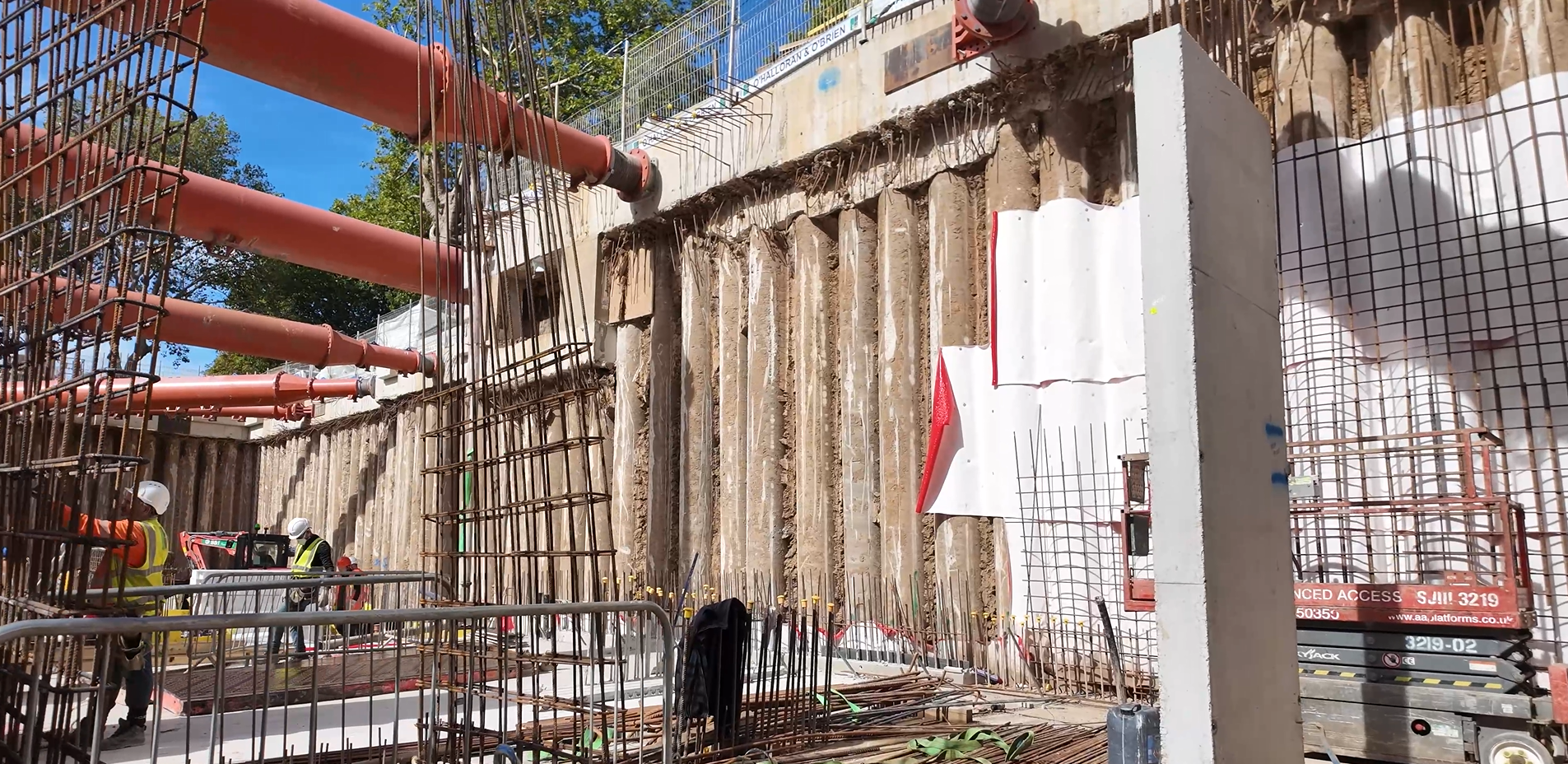
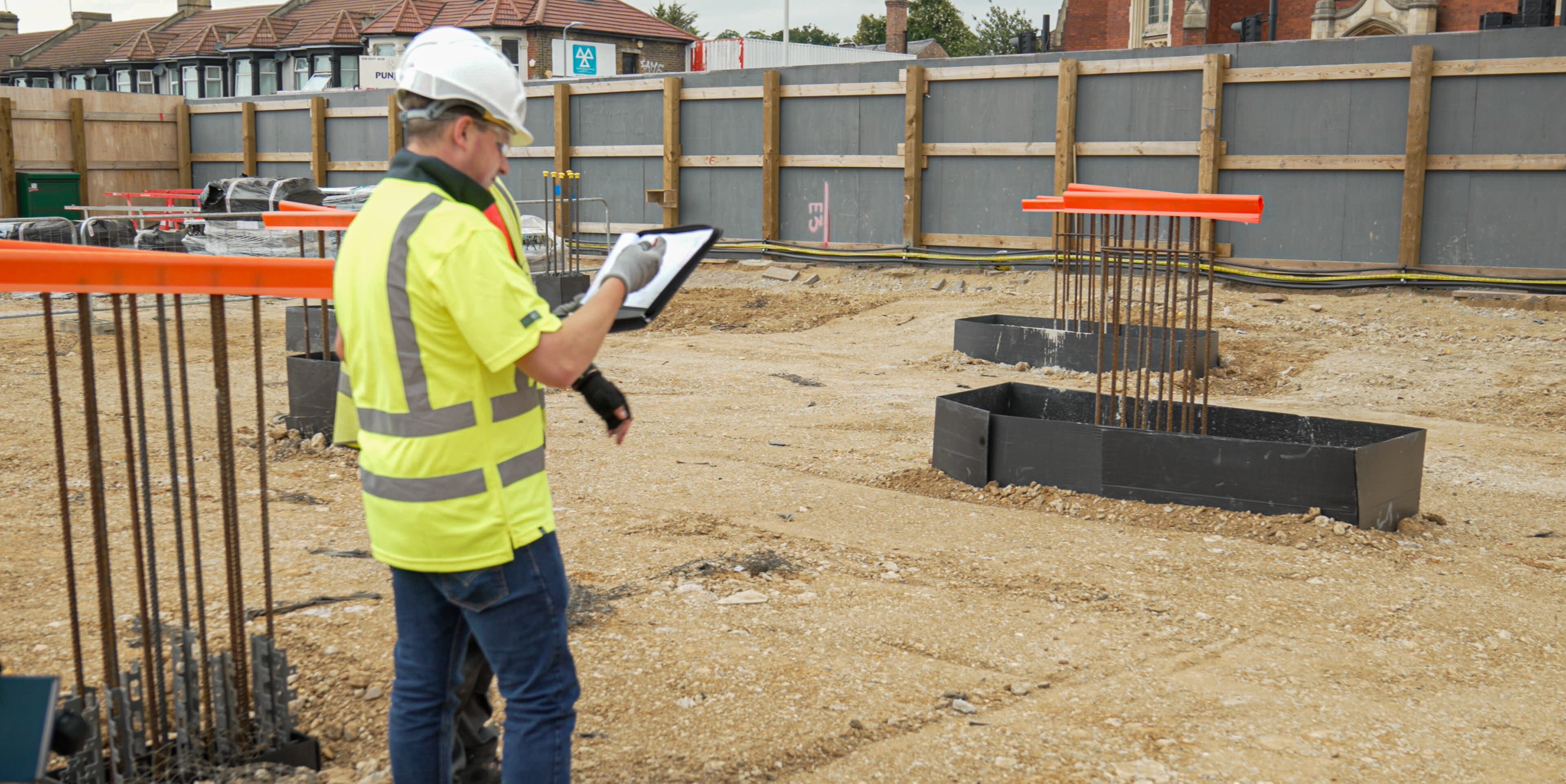
-1.jpg)
